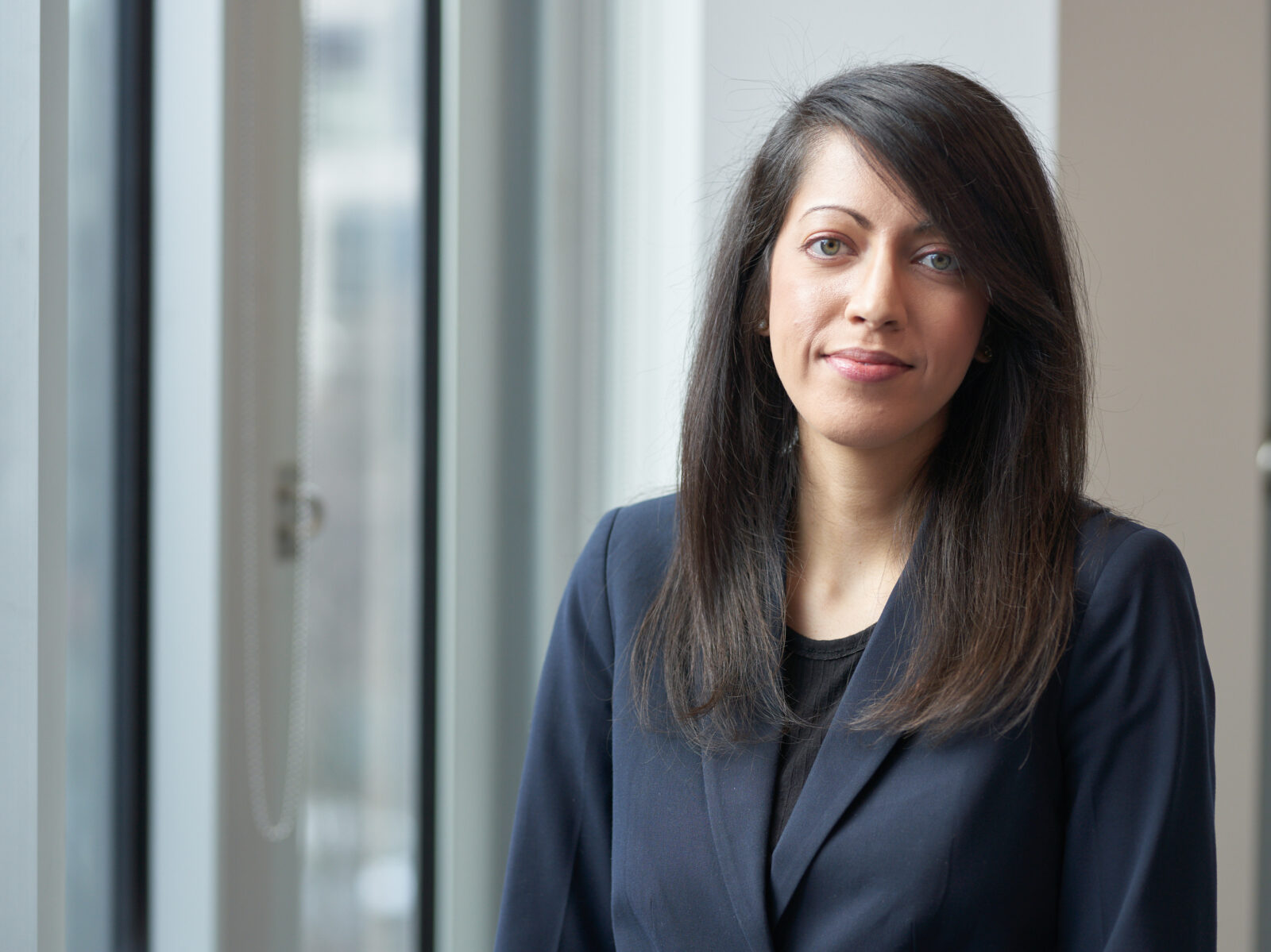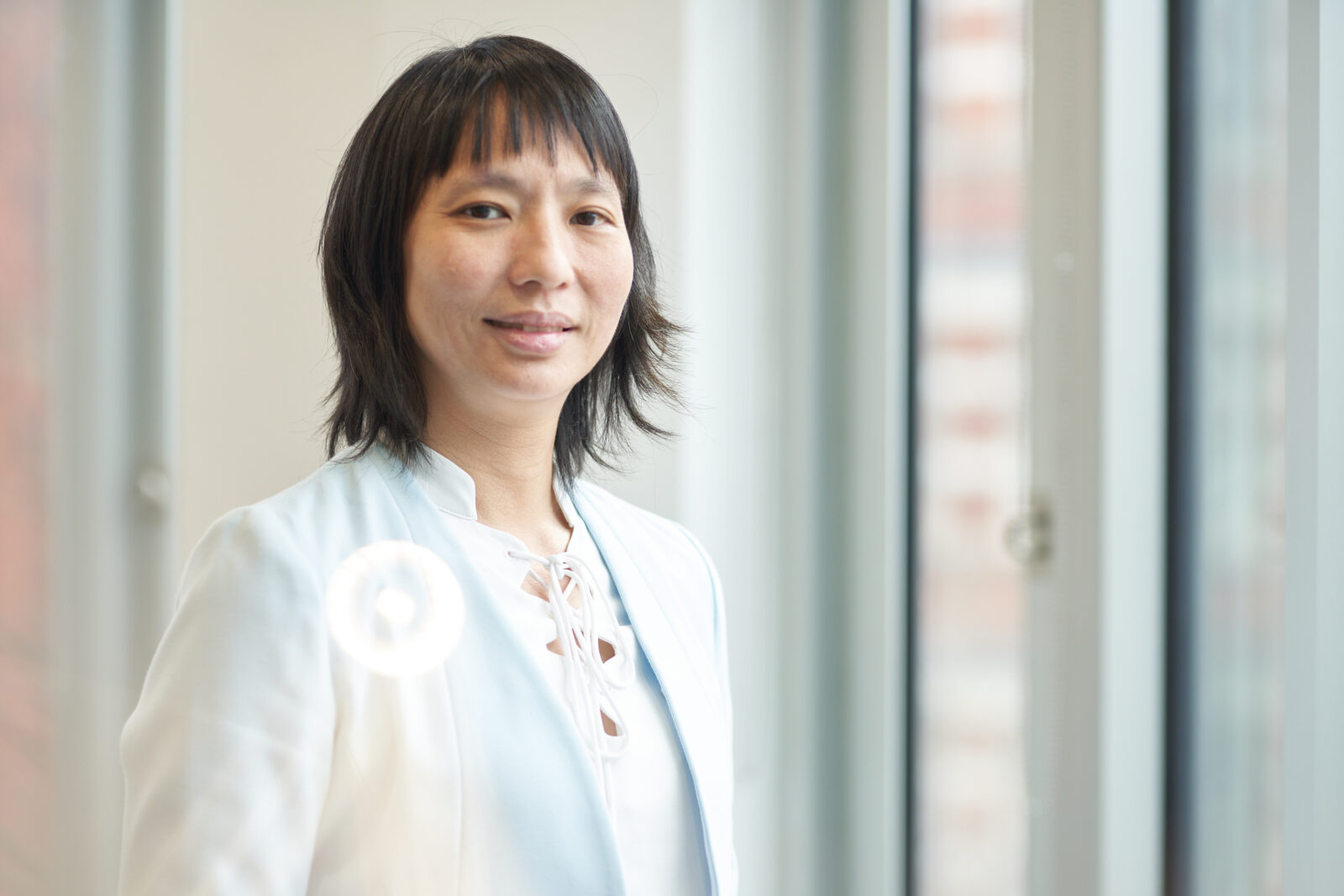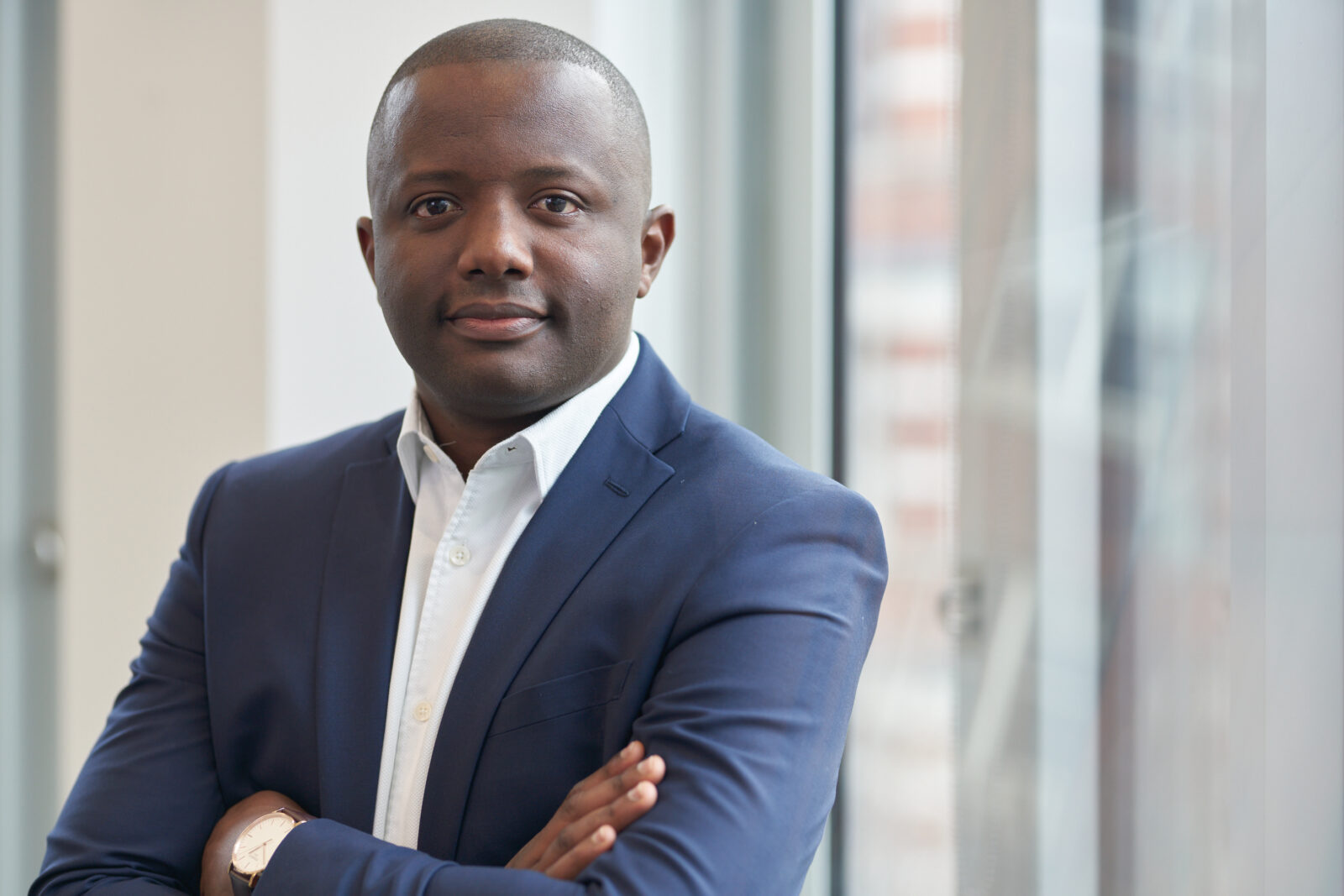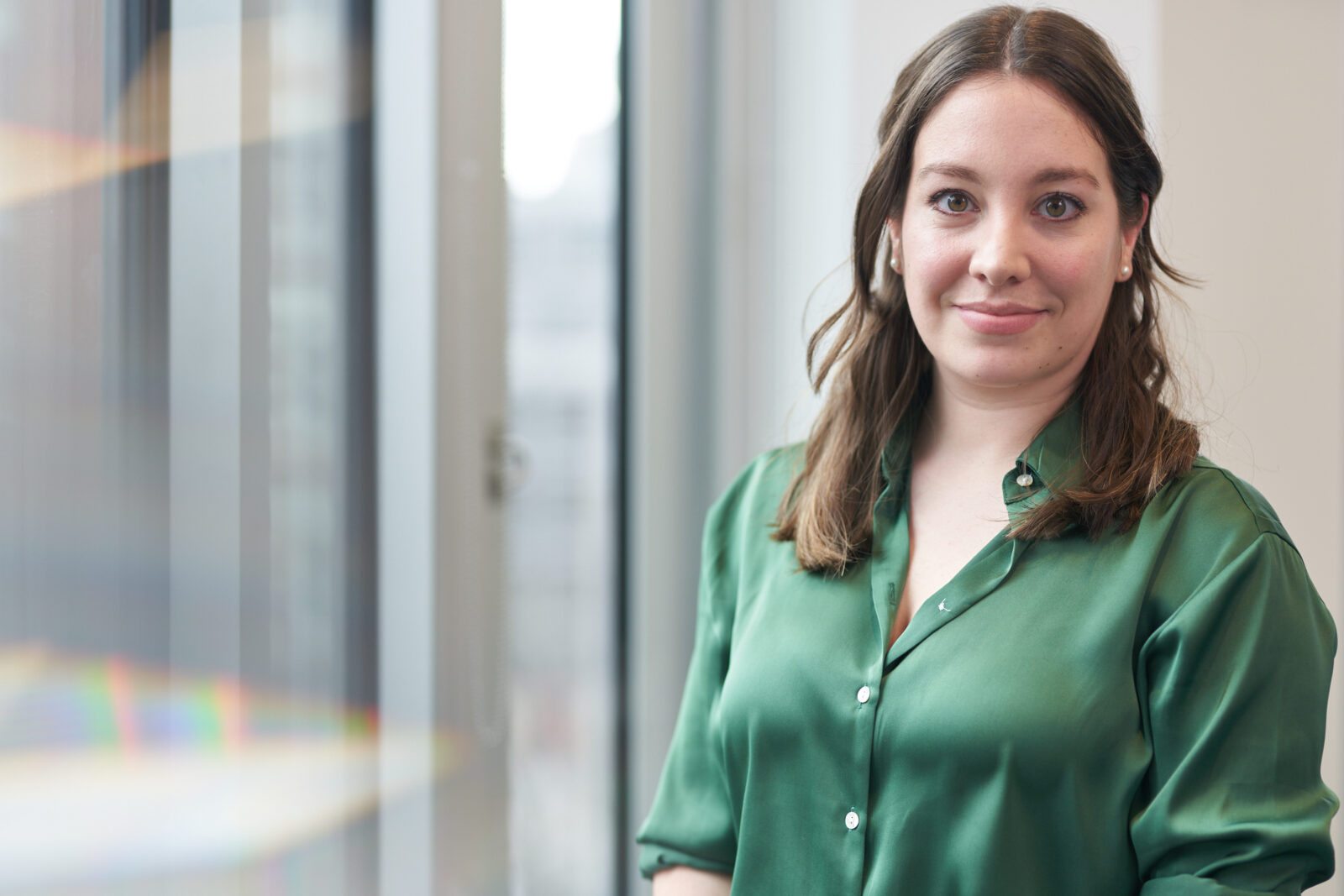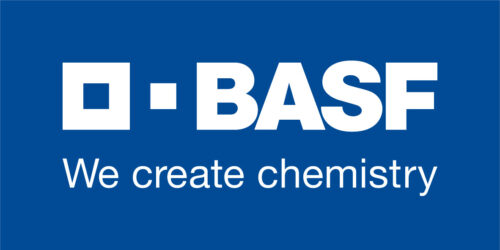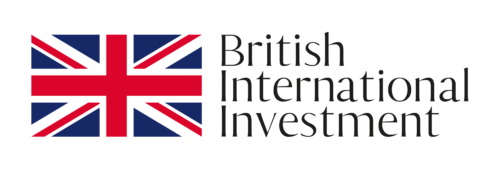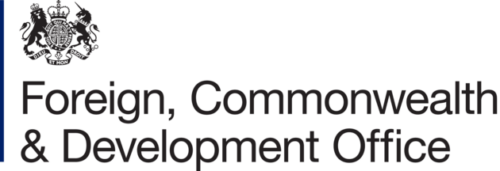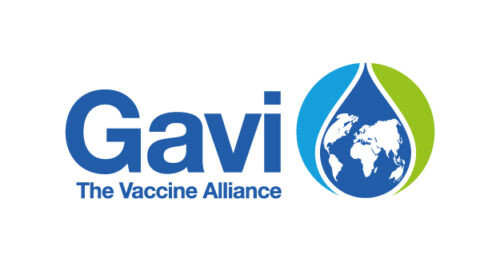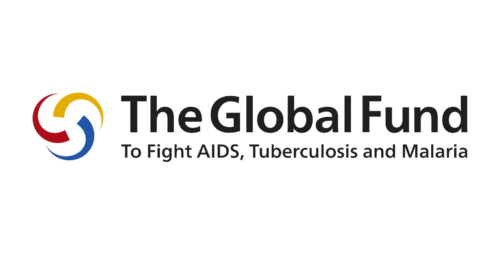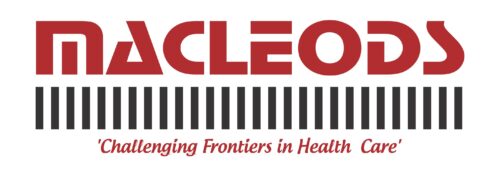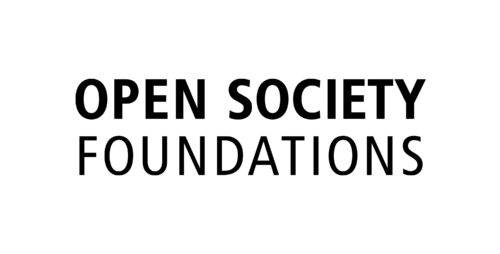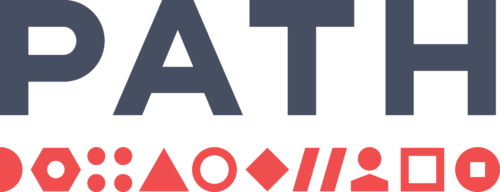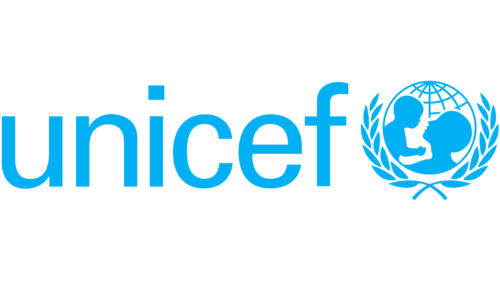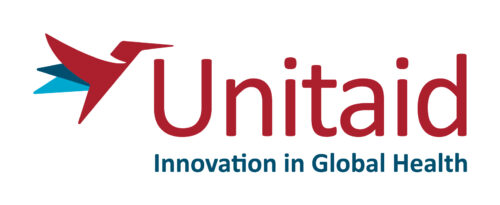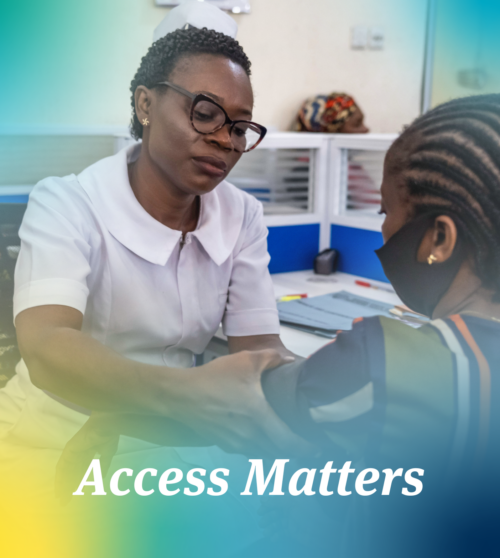MedAccess colleagues share five key learnings from our first five years about using innovative finance to increase access to healthcare.
We’ve learned a lot in our first five years. When MedAccess was formed in 2017, we knew that financial guarantees could accelerate access to medical innovations for millions of people. But as the first social enterprise focused entirely on using innovative finance to increase access to healthcare, we’ve also learned more about how to use our tools most effectively and where we can broaden our impact.
Here, five MedAccess colleagues share five key learnings from our first five years.
1. No two guarantees are the same
Hema Srinivasan, Chief Access Officer
There is no such thing as a template guarantee. We tailor our market shaping interventions to address specific access barriers, such as high prices, poor product availability, and insufficient supply. When we are sure our financing can unlock access to a medical innovation, we construct partnerships that enable us to achieve impact.
For example, we knew that one of the key barriers to viral load testing scale-up in Africa was low price transparency. Hospitals had viral load testing machines sitting idle because software updates or maintenance costs were prohibitively expensive. Our volume guarantee with Hologic was designed not only to lower costs but also to introduce all-inclusive pricing, so health ministries had visibility on all the costs of running their viral load programmes and could budget accordingly.
On the other hand, our innovative financing partnership with Gavi and GSK ensured continued production of antigen for the world’s first malaria vaccine ahead of key policy and funding decisions. By maintaining production, more doses will reach more children at risk of malaria in Africa more quickly.
Looking to the future, we are going to need to be even more creative. Market shaping partnerships will become more intricate as more countries transition from donor support and take on their own procurement. Additionally, the burden of non-communicable diseases grows, new alliances and partnerships will be needed in the absence of global funding mechanisms like Gavi, PEPFAR, and the Global Fund.
2. Recognising the roles of all partners
Michelle Teo, Chief Investment Officer
We structure our agreements carefully to deliver maximum health impact. All partners, from manufacturers and distributors to governments and civil society, play important roles getting health innovations from production lines to people. We work closely with each partner to understand their expertise, priorities and capacity, and how we can structure our agreement to ensure we get the most from their involvement.
Our agreement with SD Biosensor to reduce the price of its dual rapid diagnostic test for HIV and syphilis is an example of this. SD Biosensor agreed to offer the test at less than $1 and CHAI provided detailed market analytics to support this commitment. The Global Fund and PEPFAR indicated they would increase procurement if the price was below $1. In turn, countries have shown impressive commitment to introducing the dual test. Nigeria is currently scaling up its use nationwide following a successful pilot programme. Finally, the African Society for Laboratory Medicine has played a key role in sharing information about the test and its benefits with healthcare workers in Africa.
By bringing a diverse group of partners round the table, we ensure that all the links in the chain are strong because everyone has a clear role in ensuring the product is procured, distributed, approved for use and administered to patients.
3. Countries are looking for partners, not just suppliers
Evans Mburu, Implementation Executive
Countries want genuine mutually beneficial partnerships. Traditional models that restricted countries to being recipients or implementors are being replaced by more dynamic, equitable approaches.
For example, Kenya puts a high priority on how partners show up. This means partners being expected to do more than simply waiting to respond to tenders to supply health products. They are expected to participate in technical working group meetings, where possible, look at flexible approaches like pilot programmes when introducing new innovations or disease awareness campaigns and be prepared to provide after sales support. This builds trust between partners and the Ministry of Health.
As more countries transition from donor support and manage their own procurement, these partnerships become even more important. Traditionally, suppliers have been more accountable to purchasers like the Global Fund and PEPFAR. Over the next decade, as more governments look for suppliers to go beyond commercially-driven price/volume negotiations and instead become partners, organisations like MedAccess will be well positioned to provide support through market shaping tools and expertise.
4. Our impact goes beyond the guaranteed product
Tristana Perez, Development Impact Executive
Our guarantees have a ripple effect on people and health systems. We see immediate, direct health benefits for people from reducing prices and securing access to increased volumes. The guarantees also bring cost saving benefits for health systems that can be reinvested while driving market competition and improving supply security.
However, the ripple often goes wider, unlocking benefits elsewhere in health systems. For example, the World Health Organization requires quantitative G6PD testing before prescribing tafenoquine for P. vivax malaria. Without testing, healthcare workers do not have the information they need to prescribe this highly effective treatment. By securing supply of the test for the next four years, our guarantee is helping to unlock access to a treatment that can play a key role in P. vivax malaria elimination.
5. Vulnerability is our strength
Sophie Denman, Business Coordination Executive
From the day one, we wanted our company culture to blend high performance with high emotional intelligence. Although it sounds counterintuitive, vulnerability is at the heart of both. We observed successful teams from a range of industries and found that, almost without exception, willingness to be vulnerable with each other led to high levels of trust and openness and, in turn, encouraged honest feedback – all of which are critical for success.
Showing vulnerability can mean admitting we don’t have all the answers and being prepared to ask for feedback when things have gone wrong. By intentionally encouraging a culture of authenticity we are able to be honest with each other and ourselves. This is essential for high performance as we address problems quickly, support colleagues at difficult times, and challenge each other to be at our best every day.
Learn more about our first five years from our history timeline.
